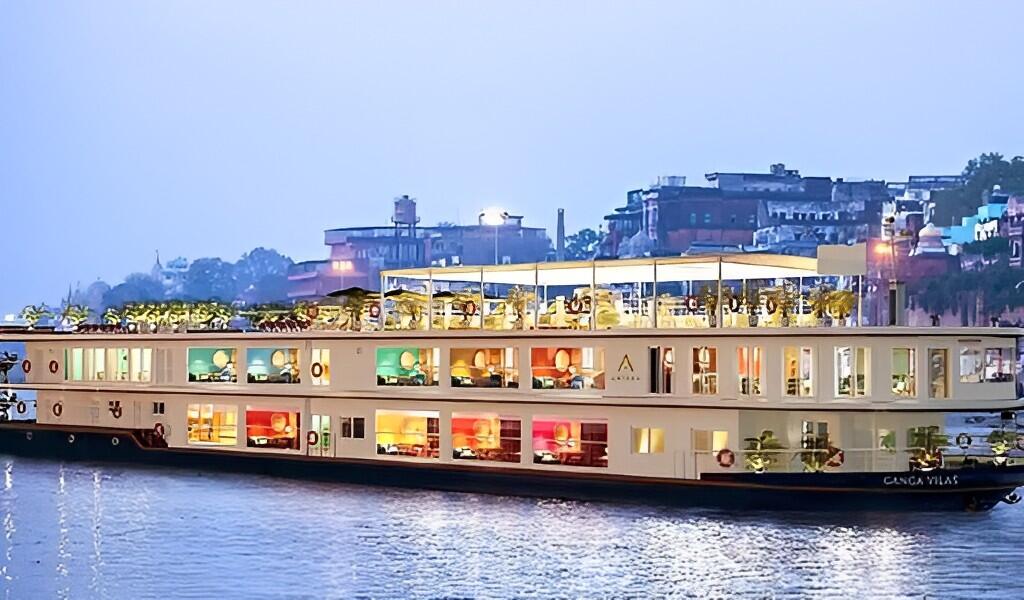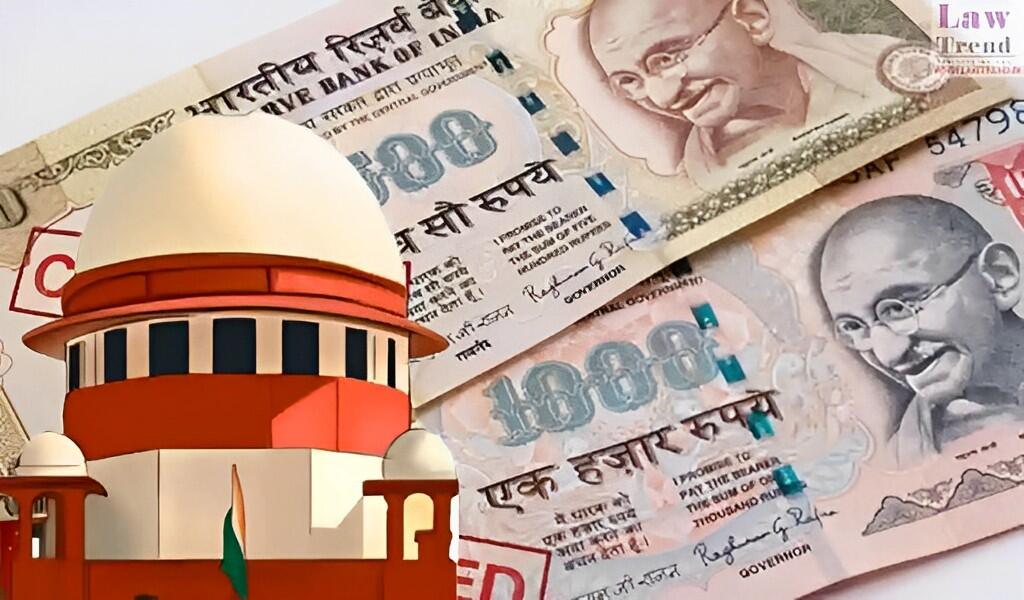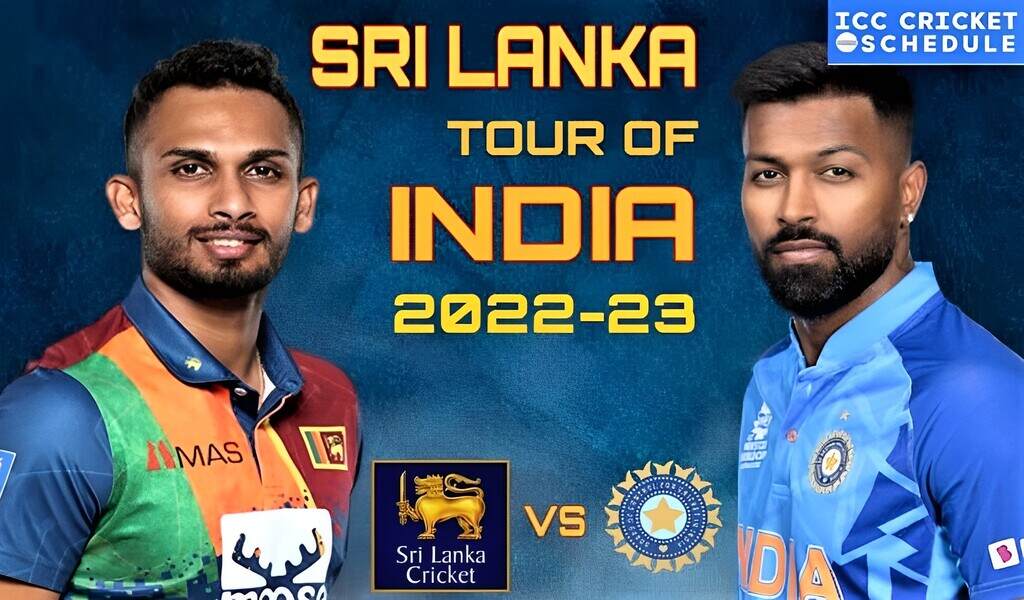It's the Year of the OX !
Chinese New Year, also known as Lunar New Year or Spring Festival, is China's most important festival. It is time for a get together with families and also a week of an official public holiday in the country.
This year it will be year of the ox. The date of the Chinese New Year is determined by the lunar calendar. The holiday falls on the second new moon after the winter solstice on December 21. Therefore, each time the New Year in China falls on different dates of the usual Gregorian calendar anytime between January 21 and February 20.
Though falling in winter for the most of China, the Chinese New Year is popularly known as the "Spring Festival in China". Because it starts from the Beginning of Spring marking the end of winter.

Greetings common on this day:
Probably the most famous traditional greetings for Chinese New Year is the Cantonese "kung hei fat choi, literally translating to ‘greetings, become rich’. In Mandarin that would be gongxi facai /gong-sshee faa-tseye/.
History:
The history of the Chinese New Year dates back to over 3,000 years which included the worshipping of heaven and earth. In Classic of Poetry, a poem written during Western Zhou, by an anonymous farmer, described how people cleaned up millet stack-sites, toasted to guests with mijiu, killed lambs and cooked the meat, went to their master's home, toasted to the master, and cheered for long lives together, in the 10th month of an ancient solar calendars, which was in autumn. The celebration is believed to be one of the prototypes of Chinese new year. In 1967 during the Cultural Revolution, official Chinese New Year celebrations were banned in China. The State Council of the People's Republic of China announced that the public should "Change Customs" and have a "revolutionized and fighting Spring Festival", and since people needed to work on Chinese New Year Eve, they did not have holidays during Spring Festival day. The public celebrations were reinstated by the time of the Chinese economic reform.
Customs:
⦁ Decorations,
⦁ Re-union dinner with family on New Year's Eve
⦁ Firecrackers and fireworks, and
⦁ Giving each other red envelopes and other gifts
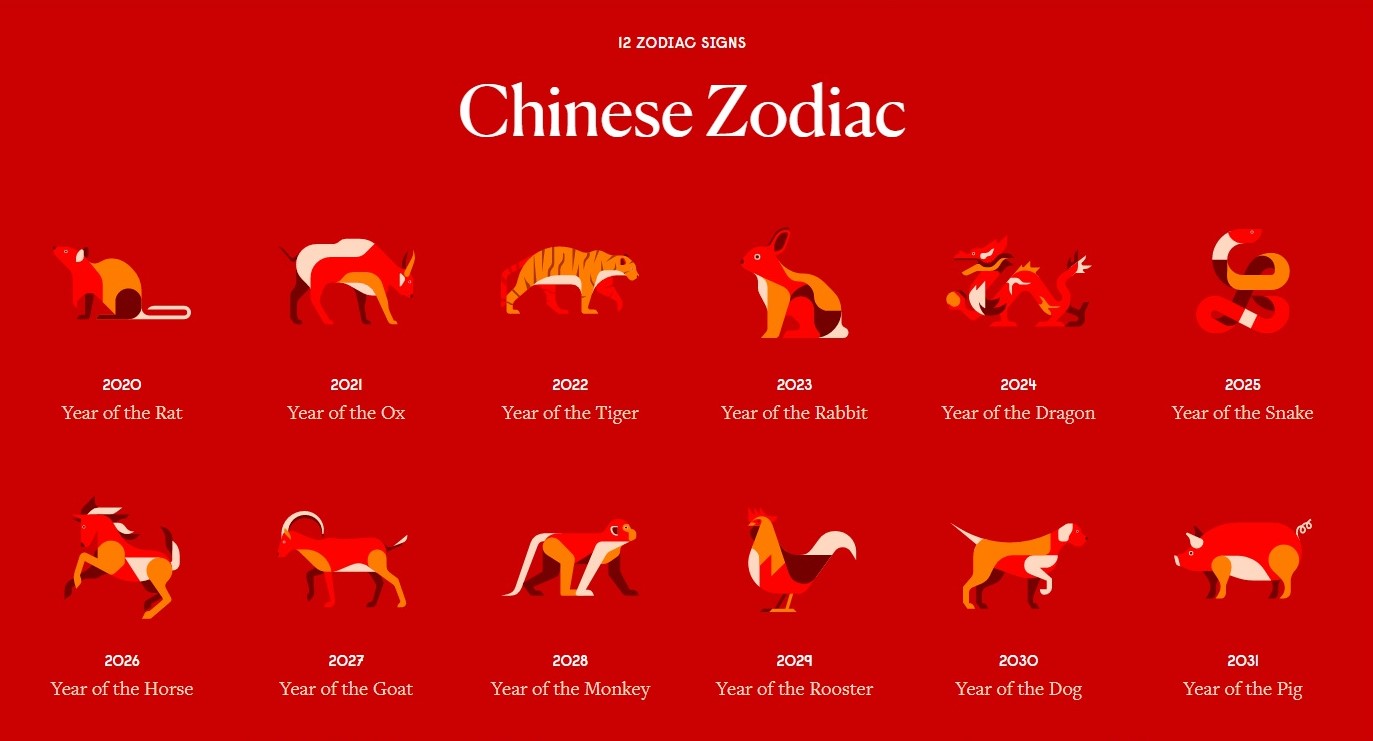
In many cities, from New Year's Day, traditional performances can be witnessed which include dragon dances, lion dances, and imperial performances like an emperor's wedding. A great variety of traditional Chinese products are on offer, and even rarely seen Chinese snacks are available.

Social media platforms like twitter have been already trending:


Some Myths:
⦁ To safeguard their homes, people carve the gods’ names into peach wood tablets. By placing them outside their doors, they believe that they are able to scare the demons away
⦁ Parents give children money wrapped in red paper every New Year’s Eve as a sign of prosperity
⦁ People leave candies outside their homes to please the Stove God
⦁ The color red is significant to the festival as it supposedly grants protection against the monster named Nian
Team Checkbrand wishes all its readers a Happy, Prosperous and a safe Chinese Lunar year. To keep yourselves updated with the latest trends, visit Checkbrand.
kung hei fat choi
CATEGORIES
- Digital Marketing
- Marketing
- Entertainment
- Medical
- Science and Technology
- Politics
- Sports
- Environment
- Campaign
- Interview
- Viral
- What's Trending
- Trending News
- Viral Videos
- Youtube Trends
- Social Media Ranking
- Twitter Trends
- Google Trends
- Top Politicians
- Top Cricketers
- Top Influencers
- Best Campaigns
- Google News
- News
-
 Oct 11, 2020
Oct 11, 2020SEO Content Writing Vs. SEO Copywriting:...
-
 Dec 15, 2020
Dec 15, 2020#Karnatakaiphoneplantagitation: Workers...
-
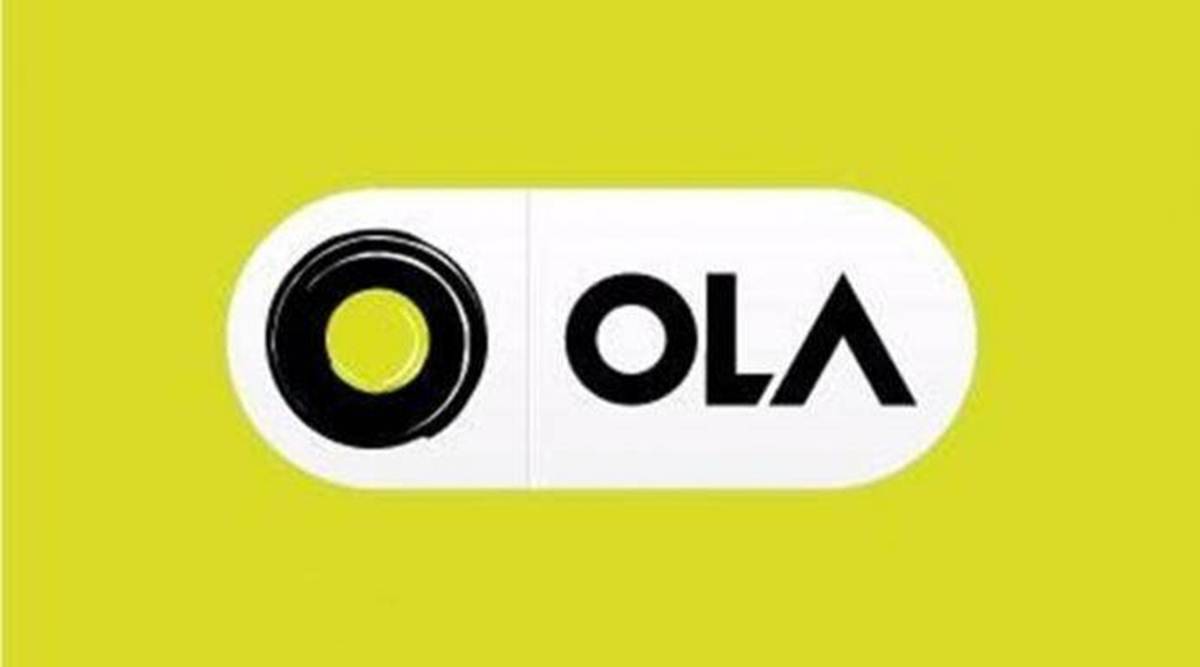 Dec 15, 2020
Dec 15, 2020#OLA Invests ₹2400 Crores For Our Futur...
-
 Dec 15, 2020
Dec 15, 2020#Snapchat Launches Astrology Profile
-
 Dec 15, 2020
Dec 15, 2020Know Why #BOYCOTTJIOSIM Is Trending On S...
-
 Aug 01, 2023
Aug 01, 2023India's Chandrayaan-3 On Track For Lunar...
-
 May 17, 2023
May 17, 2023Zara Hatke Zara Bachke Trailer Review(Ra...
-
 Aug 04, 2022
Aug 04, 2022'Har Ghar Tiranga' Campaign Created Stor...
-
 Dec 16, 2020
Dec 16, 2020#Skillhaitohfuturehai: Mahindra's Flagsh...
-
 Dec 15, 2020
Dec 15, 2020#OLA Invests ₹2400 Crores For Our Futur...
HIGHLIGHTS
- Realme Pad Specifications Teased, Will C...
- MARKETS: Sensex Down 300 Pts, At Days Lo...
- Afghanistan Crisis Live Updates: NIA Chi...
- Women Will Be Admitted To NDA, "Historic...
- Taliban's New Education Minister Says Ph...
- India's T20 World Cup Selection Question...
- New JioFiber Quarterly Broadband Plans I...
- Explained: How Your Cat Got Its Stripes...
- Who Is Aesha Mukherji? All You Need To K...
- Long Live Test Cricket While We've Virat...






